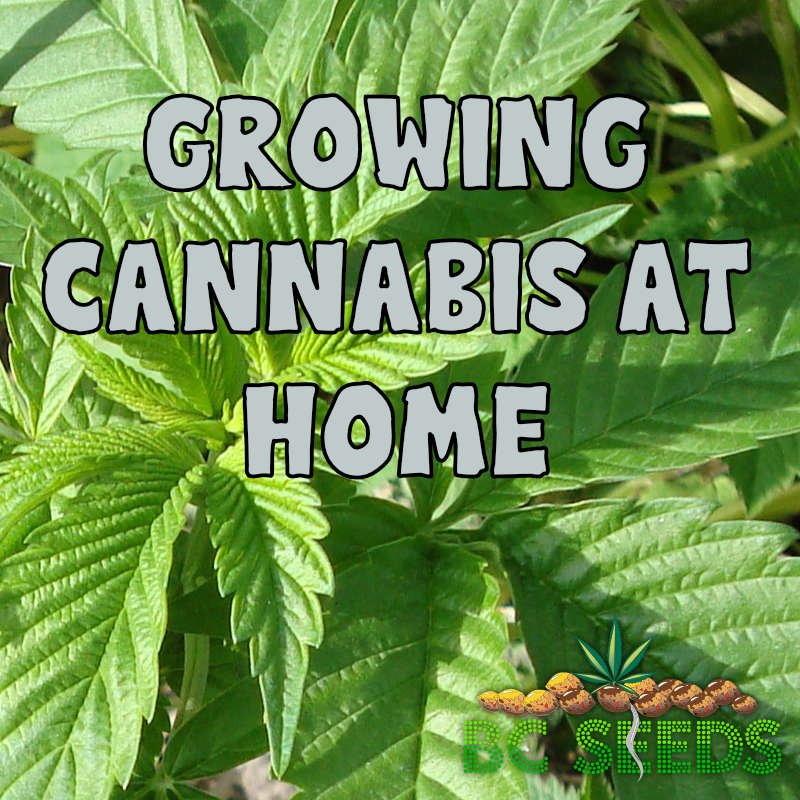Growing Cannabis at Home

Growing Cannabis at home for premium buds. Here is a comprehensive guide to indoor and outdoor cultivation. Growing cannabis at home can be a rewarding and cost-effective way to enjoy high-quality cannabis. Whether you’re a seasoned grower or just starting, understanding the basics of cultivation techniques is essential for a successful harvest. This article provides tips and advice for growing cannabis at home, including indoor and outdoor cultivation techniques.
Indoor Cultivation
Indoor cultivation allows growers to have more control over the growing environment, resulting in higher yields and better quality buds. To start, you’ll need a suitable grow space such as a spare room, closet, or tent. Ensure the space is well-ventilated, with proper lighting and temperature control. Choose the right growing medium, such as soil or hydroponics, and select high-quality cannabis seeds or clones. Provide the plants with adequate lighting, such as LED or HID lights, and maintain a consistent light cycle (usually 18 hours of light and 6 hours of darkness for vegetative growth, and 12 hours of light and 12 hours of darkness for flowering). Monitor the plants regularly for pests, mold, and nutrient deficiencies, and provide them with proper nutrients and water according to their growth stage. Harvest the plants when the buds are mature and trichomes are cloudy for the best potency and flavor.Outdoor Cultivation
Outdoor cultivation is a more natural and cost-effective way to grow cannabis, but it requires careful planning and attention to environmental factors. Choose a sunny and sheltered spot with well-draining soil for your outdoor garden. Start by germinating your seeds or planting your clones in early spring, after the last frost. Provide the plants with plenty of sunlight, water, and nutrients throughout the growing season. Monitor the plants for pests, mold, and nutrient deficiencies, and take appropriate measures to address any issues. Harvest the plants in the fall when the buds are mature and resinous. Hang the plants upside down to dry, then trim the buds and cure them in a cool, dark place for a few weeks before consuming.Some more tips to get you going:
- Choosing the Right Strain: Selecting a cannabis strain that suits your growing environment and experience level can significantly impact your cultivation success. Consider factors such as the strain’s growth characteristics, flowering time, and cannabinoid profile.
- Setting Up a Grow Room: Creating the perfect indoor grow room is essential for cultivating healthy plants. Ensure your grow room has adequate lighting, ventilation, and temperature control. Consider using reflective materials to maximize light efficiency and prevent heat buildup.
- Optimizing Light Cycles: Understanding light cycles is key to maximizing plant growth and yields. During the vegetative stage, use a light cycle of 18 hours on and 6 hours off. Switch to a 12/12 light cycle during the flowering stage to stimulate bud development.
- Nutrient Management: Proper nutrient management is essential for healthy plant growth. Use a high-quality fertilizer designed for cannabis plants and follow the manufacturer’s instructions carefully. Monitor your plants for signs of nutrient deficiencies and adjust your feeding regimen accordingly.
- Watering Techniques: Watering your plants correctly is crucial for preventing overwatering or underwatering. Use a moisture meter to monitor soil moisture levels and water your plants when the top inch of soil feels dry. Avoid watering too frequently, as this can lead to root rot.
- Pruning and Training: Pruning and training your plants can help promote better airflow, light penetration, and overall growth. Remove any dead or yellowing leaves and use techniques such as topping or low-stress training to encourage lateral growth and increase yields.
- Pest and Disease Management: Preventing pests and diseases is essential for maintaining healthy plants. Keep your grow area clean and free of debris, and inspect your plants regularly for signs of pests or disease. Use natural or organic pest control methods whenever possible to minimize the use of chemicals.
- Harvesting and Curing: Knowing when and how to harvest your plants is crucial for preserving potency and flavor. Harvest your plants when the trichomes are milky white for a more energetic high or amber for a more relaxing high. After harvesting, properly cure your buds in a cool, dark place to enhance their flavor and potency.
- Environmental Factors: Environmental factors such as humidity, temperature, and air circulation can impact plant health and growth. Monitor these factors regularly and make adjustments as needed to create the optimal growing environment for your plants.
- Troubleshooting Common Issues: Identifying and resolving common cannabis growing problems is essential for a successful grow. Learn to recognize signs of nutrient deficiencies, pH imbalances, and light burn, and take corrective action promptly to prevent further issues.
You Can Grow Weed At Home
By following these tips and techniques, you can improve your cannabis cultivation skills and achieve better results. Remember to stay patient and attentive to your plants’ needs, and don’t be afraid to experiment to find what works best for you.Mr. BC Seeds
Mr. BC Seeds is an over educated old school hippy who has been involved in the cannabis industry since the 1970's. He is one of the most experienced marijuana breeders in Canada if not the entire world. He was the first to use the most advanced breeding techniques in 2008 to create 42 of the world's strongest cannabis strains. He has been writing in-depth articles about cannabis in Canada for decades and looks forward to continue bringing you cutting edge cannabis strains for the decades to come. Mr. BC Seeds uses a "pen name" because he still travels the world collecting cannabis strains and continues researching cannabis in laboratories of non-legalized countries.
Posted in Grow and tagged Growing Cannabis at Home

Leave a Comment